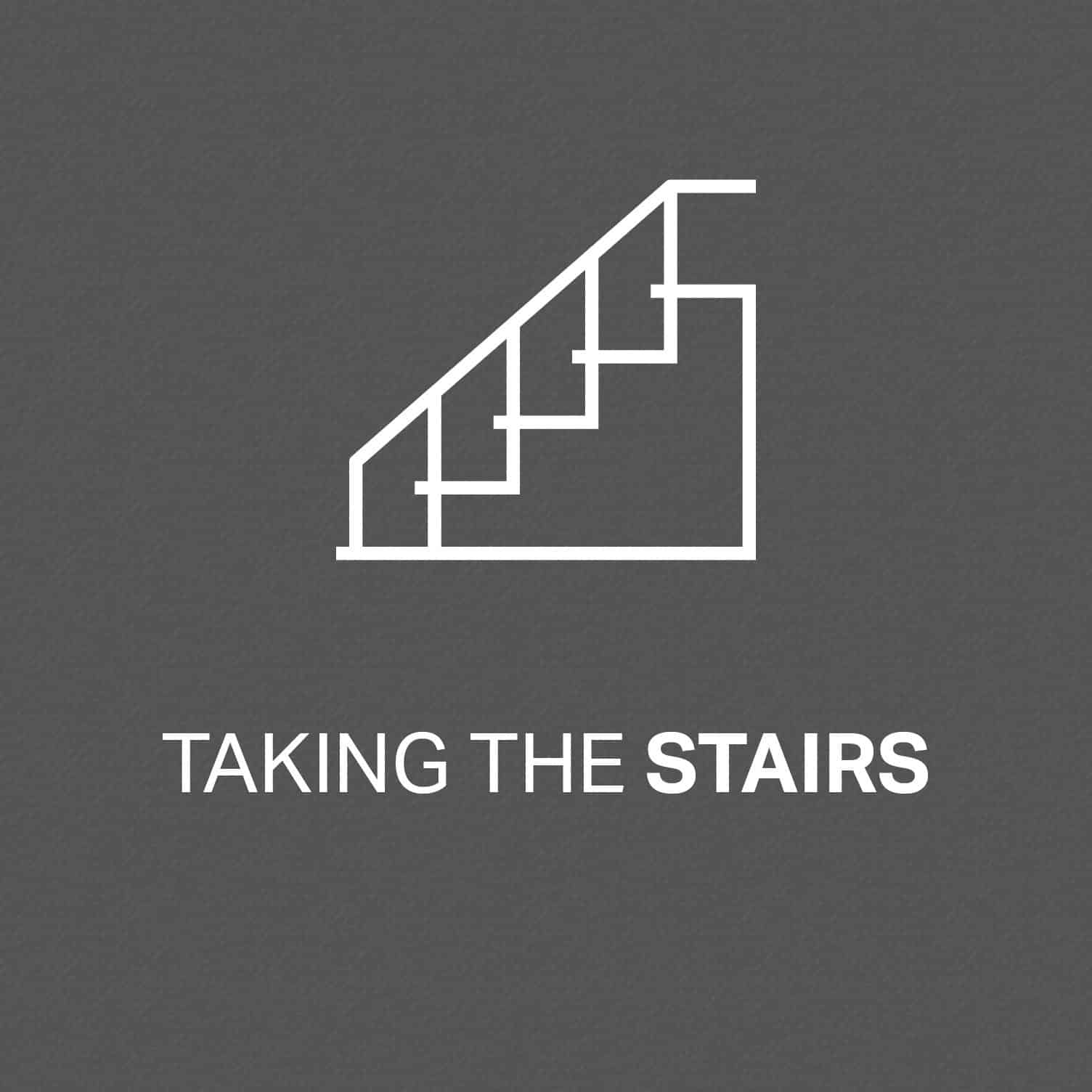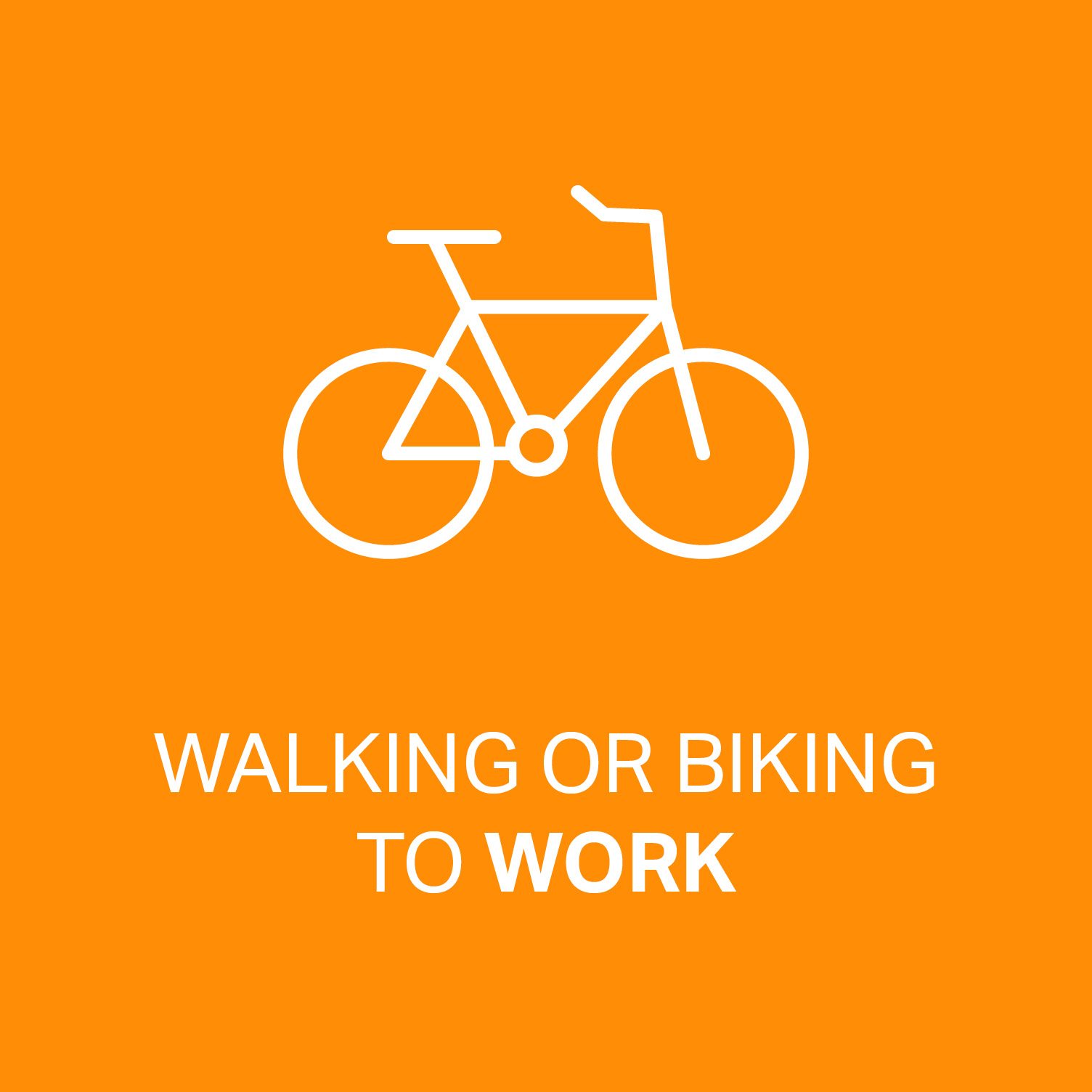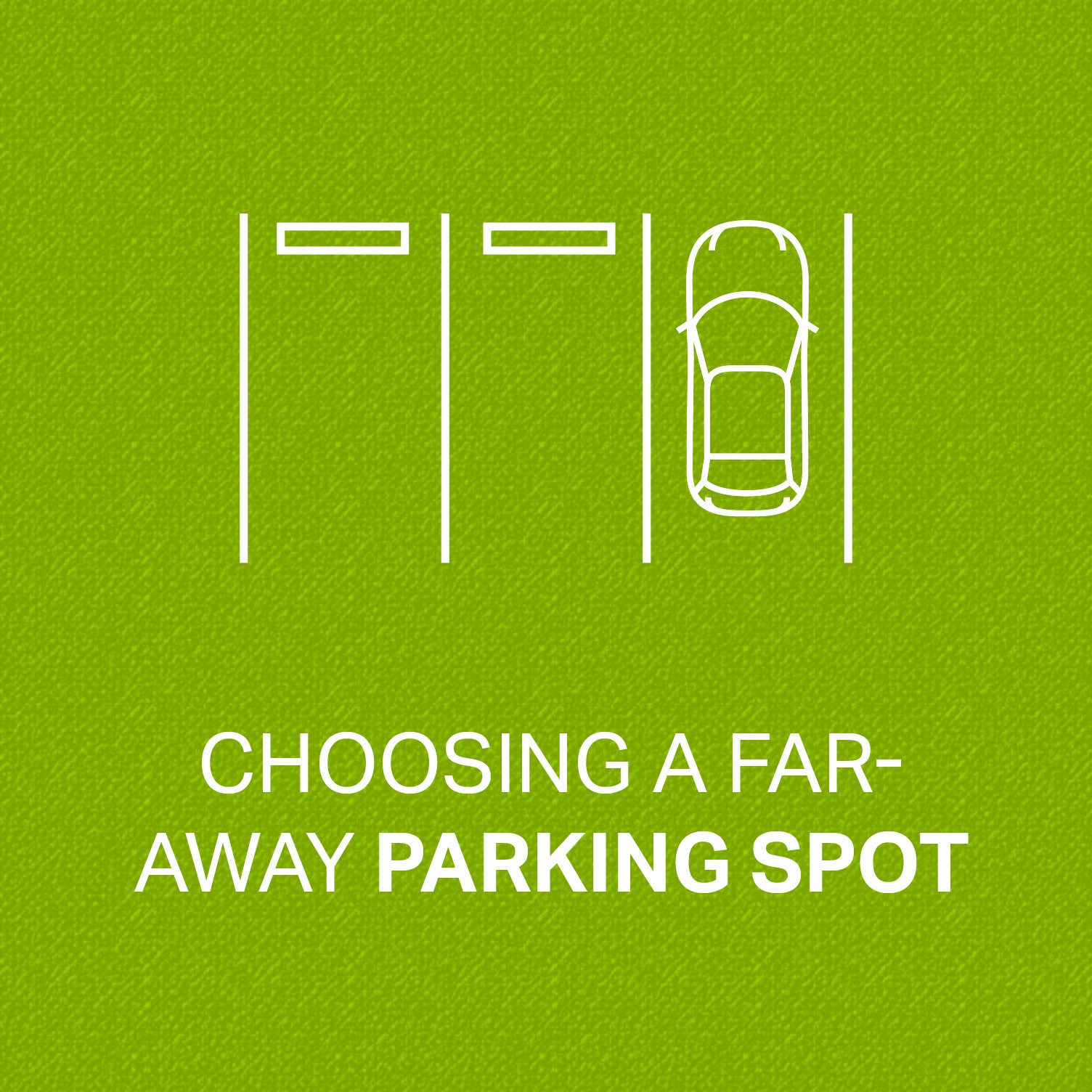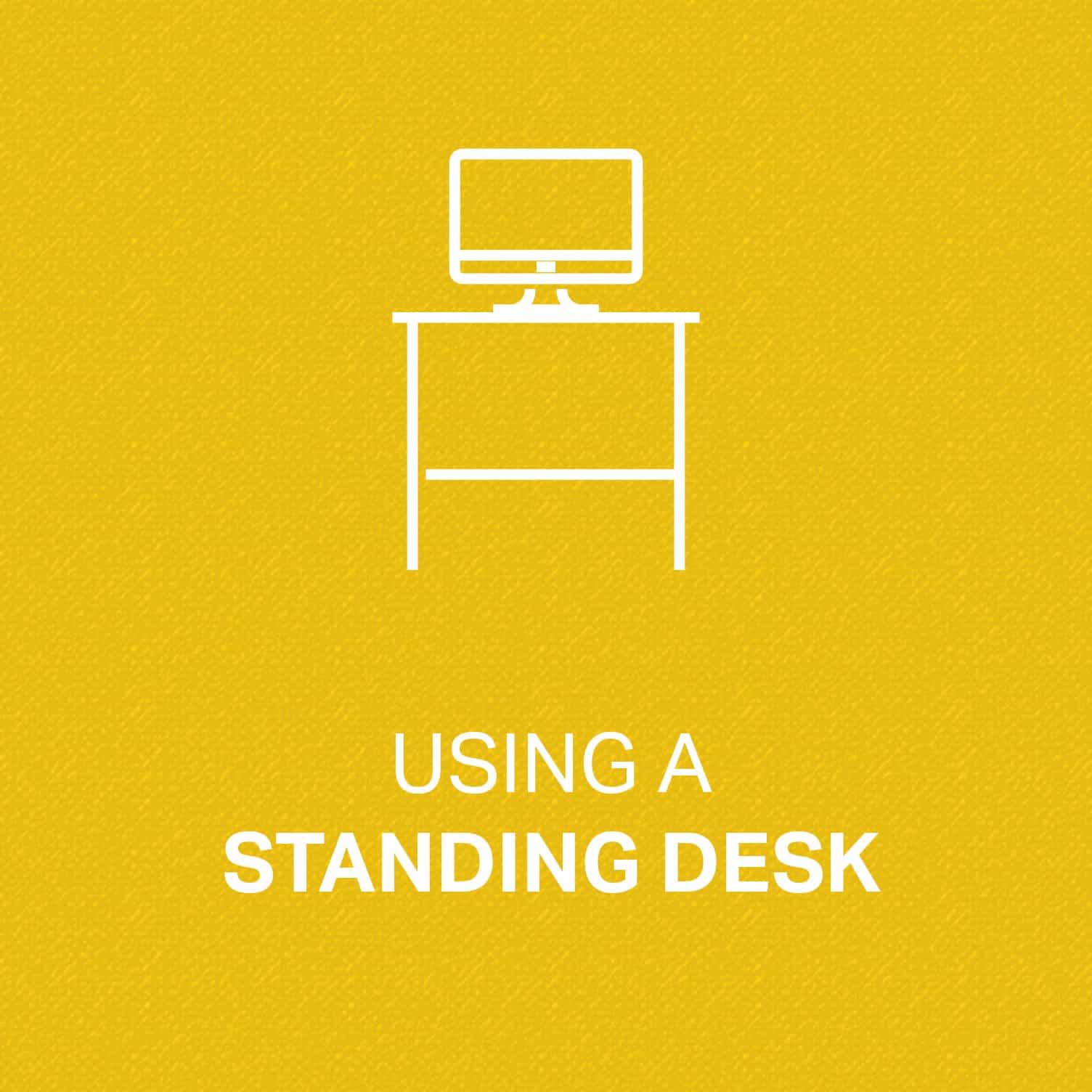Losing weight boils down to math. Consume fewer calories than you burn, and you’ll lose weight and vice versa. And the surest way to ensure the math works in your favor is to think big: Exercise more, drink less, eat smaller, healthier portions. Easy, right?
Well, if it were easy, everyone would do it. And let’s be honest: Some of those lifestyle changes aren’t always possible in our busy, stressful lives. So what about making improvements at the margins by changing the way we do ordinary (but necessary) things, like commuting to work or going shopping?
We looked at a few commonly touted ways to lose weight through small, incremental steps and assessed whether they’re really worth doing. What we found might surprise you, and you can see it all below:

It seems easy enough, and even sounds vaguely appealing: Start your work day by skipping the cramped elevator, with its mind-numbing small talk, for a quick jaunt up the stairs. According to the MyFitnessPal app, you’ll burn roughly 9 calories per flight of stairs, based on it taking one minute for a 150-pound person to climb a flight. (Obviously, your mileage, or should we say footage, may vary.)
That might not sound like much, but depending on what floor you work on, it can add up. For example, I used to work on the eighth floor of my building and did not take the stairs. If I had, I would’ve burned roughly 72 calories each way or 144 calories a day. That adds up to 720 per week or roughly 36,000 per year (assuming 50 work weeks in a year).
For reference, that’s roughly equal to drinking one 12-ounce bottle of beer a day. All in all, seems like a pretty good tradeoff, especially considering that, like any exercise, it’ll get easier with practice.

How viable this is for you will vary wildly, so I’ll just list two examples from my past. Back when I lived and worked in Manhattan, I skipped the subway and walked .75 miles to work each way, which meant nearly an hour of walking wind, rain or shine. That added up to 175 calories per day, a healthy savings. (It also added to my overall quality of life, at least when the weather wasn’t brutal. Being able to observe the range of humanity was an inspiring way to start and end each day.)
Now I live in Austin, with its notoriously gridlocked traffic. I go into an office a couple times a week and could probably ride my bike there if I so chose. (Personally, I worry that doing so isn’t entirely safe — your city, and your experience biking in a high-traffic area, should influence your decision. If you do bike, wear a helmet and consider either getting lights, wearing reflective gear or both.)
Biking 7.5 miles a day would take me roughly 40 minutes each way, per Google Maps, adding up to 444 calories burned on my round-trip commute. That’s serious savings: 2,220 calories per five-day workweek and a whopping 111,000 per year. That’s roughly 55 full days’ worth of calories, based on a 2,000-calorie diet. (And while 45 minutes might sound like a long commute, it typically takes me around 20 by car, due to traffic.)

This is another one where a range of factors determines how effective this is for you, but here’s what the research shows: The average parking spot is roughly nine feet wide. So let’s say you’re parking, oh, 30 spaces further away than the closest available spot. That’s 270 additional feet each way, so 540 additional feet total. Assuming you only do this for one trip a day, you’re walking two extra miles a month or 24 per year. That equates to 7 3/4 hours of walking or 1,421 calories … for a year. We’ll say: It’s not worth it, at least not for the calories. That said, the extra movement and circulation is always for the better, and if you’re driving to a lot of destinations (as part of a job or any other activity), it could add up.

We bring you bad news: You’ll burn roughly 8–10 calories an hour by using a standing desk, meaning you’ll burn, at most, an extra 80 calories over eight hours. And this assumes you stand the whole time, without taking a single break to sit. So while we know that sitting all day is pretty much terrible for you, it turns out standing still isn’t a whole lot better, at least if you’re looking to lose weight. But hey, at least it looks cool, right?
READ MORE > HEALTHY WAYS TO ORDER AT STARBUCKS

Sure, some over-caffeinated writers we know insist black coffee tastes better. But if you’re among the many who crave cream and sugar in your morning joe, know that you’re adding roughly 70 calories to your diet a day. It’s not as bad as drinking a can of soda (roughly 150 calories), but that’s assuming you only drink one cup. (And who only drinks one cup?) Cut out the cream, and you’re still adding roughly 16 calories per teaspoon of sugar. The worst offenders of all are those oversized “coffee drinks” you can get at certain chain shops, which can run in the hundreds of calories. (Black coffee has only a nominal calorie count.)
Speaking of caffeinated beverages, one more tip: If you find yourself craving something fizzy in the middle of the afternoon, swap out soda for sparkling water to save 150 calories a pop (so to speak). You’ll need to take a lot of stairs — and maybe ask for an office on a higher floor — to make up for that.




